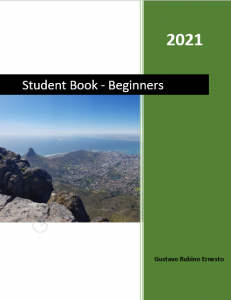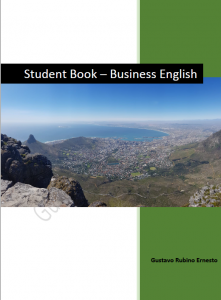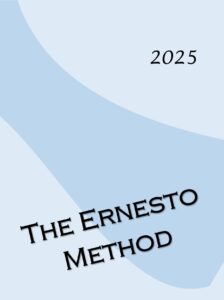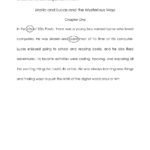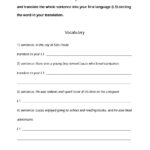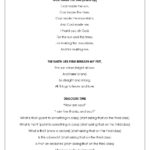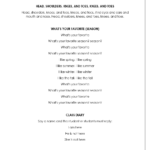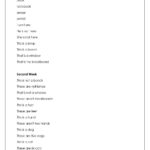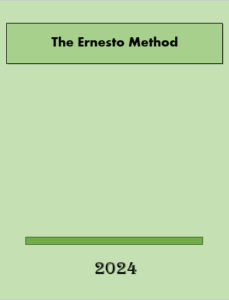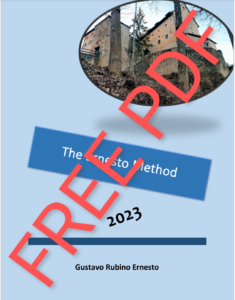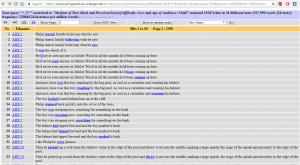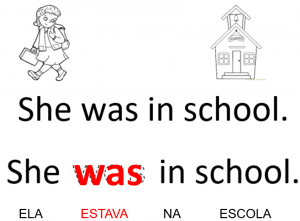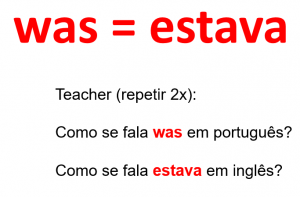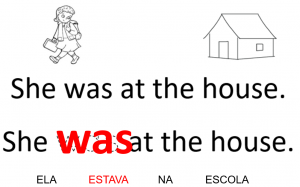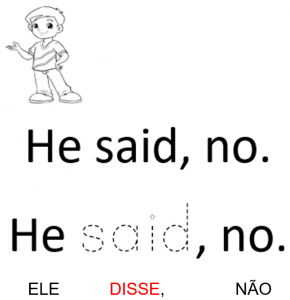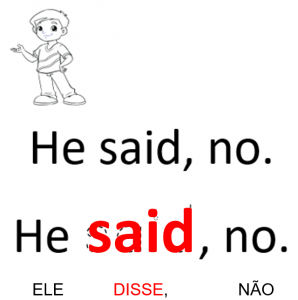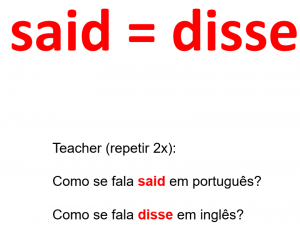Ernesto Method
Ernesto Method Business English
Ernesto Method Business English
This is the Ernesto Method Business English.
In this PDF file you will find 30 classes ready to go.
You can download and use it with your teacher or you can use it with your student.
Teaching English
Immigrants and Natives Learning L2
Immigrants and Natives Learning L2 – While kids head back to school this month, some adults are also hitting the books and creating relationships through culture and language.
For 19 years, the Educate Ya language exchange program in Portland has helped hundreds of immigrants reach their goals of becoming bilingual. The program helps both new immigrants looking for ways to better their future, as well as native-English speakers looking to learn Spanish and a new culture.
Learn more about this topic by reading this article on Katu.
Paper
Sociologists typically assume that immigrants’ acquisition of English as a second language follows the opportunities and motivations to become proficient in English, while many linguists argue that second language acquisition may be governed by maturational constraints, possibly biologically based, that are tied to the age at onset of language learning.
In this article, I use U.S. census data to investigate the relationship between age at onset of second language learning and levels of English language proficiency among foreign-born adults in the United States. The overarching conclusion is that proficiency in a second language among adults is strongly related to age at immigration. Part of that relationship is attributable to social and demographic considerations tied to age at entry into a new country, and part may be attributable to maturational constraints.
Learn more about this topic by reading this article in this link.
After reading “Immigrants and Natives Learning L2”, you can check important issues for ESL teachers on the section PDFs. And visit my channel by YouTube.
Tasked with schoolwork help
Tasked with schoolwork help – Since her daughters’ school closed for the coronavirus outbreak, Mariana Luna has been thrust into the role of their primary educator, like millions of parents across the U.S.

But each day, before she can go over their schoolwork, her 9-year-old first has to help her understand what the assignments say. A Spanish speaker originally from Mexico, Luna uses Google Translate on her phone and, when she gets stuck, asks her daughter to translate instructions and emails from teachers.
Learn more about this topic by reading this article on Wjactv.
After reading “Tasked with schoolwork help”, you can check important issues for ESL teachers on the section PDFs. And visit my channel by YouTube.
Online learning poses challenge
Online learning poses challenge – As schools prepare for the start of Term 2, staff at low-decile schools say many of their students will miss out on learning online because they don’t have access to a device or the internet at home.
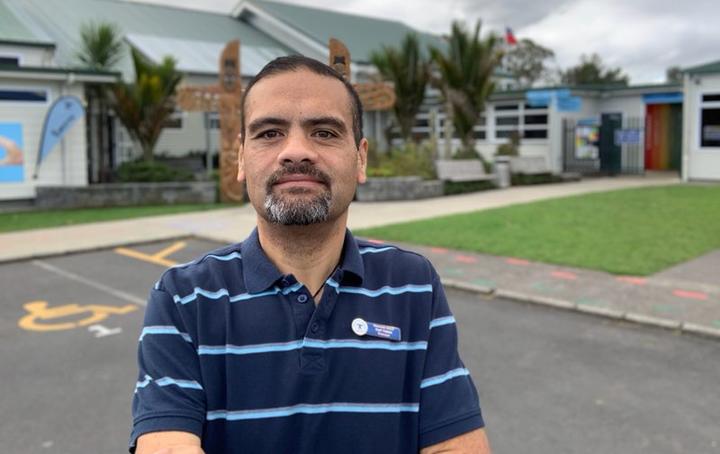
The Ministry of Education is scrambling to get enough resources to students, and is preparing for the possibility of distance learning to continue well after the lockdown ends. Learn more about this topic by reading this article on RNZ.
After reading “Online learning poses challenge”, you can check important issues for ESL teachers on the section PDFs. And visit my channel by YouTube.
Exposure to languages help you to learn
Exposure to languages help you to learn – Learning a new language is a multi-step, often multi-year process: Listen to new sounds, read new word structures, speak in different patterns or inflections.

But the chances of picking up that new language — even unintentionally — may be better if you’re exposed to a variety of languages, not just your native tongue.
Learn more about this topic by reading this article on Washington.
After reading “Exposure to languages help you to learn”, you can check important issues for ESL teachers on the section PDFs. And visit my channel by YouTube.
Difficult languages for English speakers
Difficult languages for English speakers – Learning a second language is a growing interest for people these days, whether it’s for business communication, traveling, making friends, a career interest or even just for fun.

But learning a second or even a third language opens us up to opportunities to view the world in new ways and there are a lot of words in languages other than English that encapsulate certain emotions or situations in a syllable or two that cannot be expressed fully in English.
Learn more about this topic by reading this article on Daily Collegian.
After reading “Difficult languages for English speakers”, you can check important issues for ESL teachers on the section PDFs. And visit my channel by YouTube.
Education is a way of life
Education is a way of life – Instead of teaching full-time, Mayzlina has worked as a substitute teacher at various New Haven schools, including Wilbur Cross High School, and taught English as a second language. She said her students often call her “the best teacher in the world.” According to Mayzlina, she succeeds because she fosters a healthy sense of competition in her students. “I encourage students to study, and that’s why they love me so much,” Mayzlina said. “I treat them like they are my own kids. I will encourage them, and they will be on top.”

Learn more about this topic by reading this article on The Southern News.
After reading “Education is a way of life”, you can check important issues for ESL teachers on the section PDFs. And visit my channel by YouTube.

